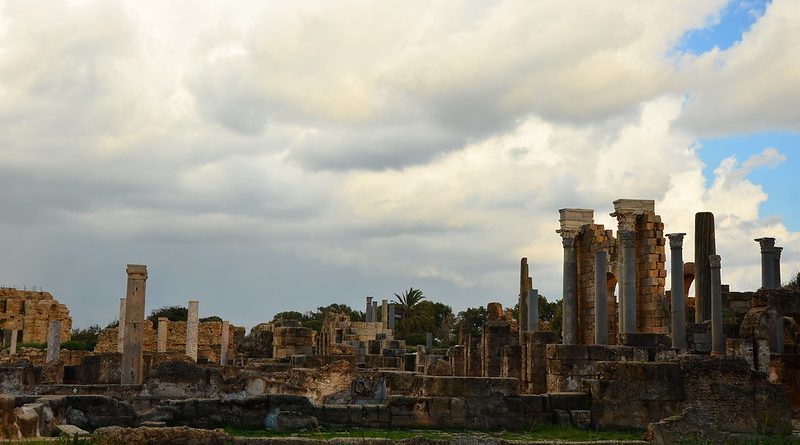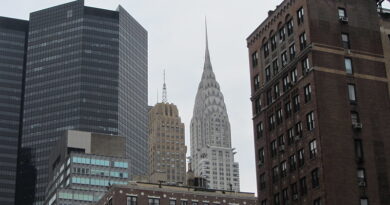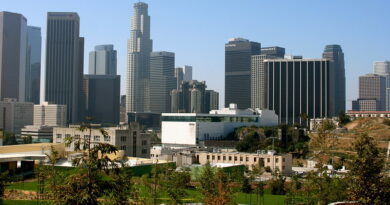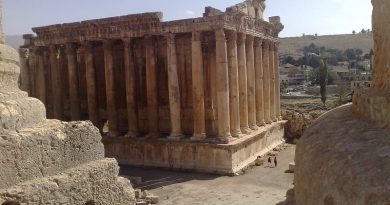Lost Cities of Rome – the Ruins of Leptis Magna
These ruins near Tripoli were in the first century part of one of the Roman Empire’s most beautiful cities.
Established as a Punic settlement prior to 500 BC, the city experienced significant expansion under Roman Emperor Septimius Severus (r. 193–211), who was born in the city.
The 3rd Augustan Legion was stationed here to defend the city against Berber incursions. After the legion’s dissolution , the city was increasingly open to raids in the later part of the 3rd century. Diocletian reinstated the city as provincial capital, and it grew again in prosperity until it fell to the Vandals in 439.
It was reincorporated into the Eastern Empire in 533 but continued to be plagued by Berber raids and never recovered its former importance. It fell to the Muslim invasion in 647 and was subsequently abandoned.
After being abandoned, the city was remarkably preserved as it lay buried beneath layers of sand dunes. In the 1920s, the city was unearthed by Italian archaeologists during Italy’s occupation of Libya. Its ruins are located. 130 km east of Tripoli. They are among the best-preserved Roman sites in the Mediterranean.
Most of the ruins at the site today date to the Roman period, and the majority date to the reign of Augustus (r. 27 BCE – 14 CE) or later. Nevertheless, they often display an interesting mix of Punic and Roman architectural styles.
The large Augustan theatre has a collonaded stage and the market or macellum dates to the same period. We know that both of these structures were bankrolled by a local aristocrat, the splendidly named Annobal Tapapius Rufus. The market was unusual with its two semi-circular market halls, and the stones which had the standard Roman measures of length and volume carved into them can still be seen today. Other notable Roman structures include the Chalcidium, a collonaded building of uncertain function (probably commercial) and a temple dedicated to the Augustan family and Rome. The latter boasted two fine statues of Augustus and his wife Livia, and these are now on display in the Archaeological Museum of Tripoli. Leptis Magna was made a Roman municipium in 64 CE.
Around 110 CE, the city was granted the formal status of Roman colonia, which gave it voting rights back in Italy. In connection with this event, the Forum of Trajan and the Arch of Trajan were built. A new aqueduct was constructed during the reign of Hadrian (117-138 CE), again paid for by a local aristocrat, this time one Quintus Servilius Candidus. Another addition to the city’s amenities was a Roman baths, built using marble and brick, which was set beside a huge palaestra space. Already boasting an amphitheatre (56 CE), circus (whose starting gates have survived remarkably well) and many large villas (whose floor mosaics are another lasting testimony to the city’s prosperity), Leptis Magna was fast becoming one of the jewels of the Roman Empire, and the neighbouring coastline became a favourite spot for aristocrats to build their villas.
Once among the Roman Empire’s most beautiful cities, Leptis Magna lies neglected and shunned by tourists after 10 years of war, but some see its potential for rebirth.
There is no queue at the gate and only a handful of visitors, almost all Libyans, wander among the imposing ruins at the UNESCO World Heritage site.
Destination – Libya




